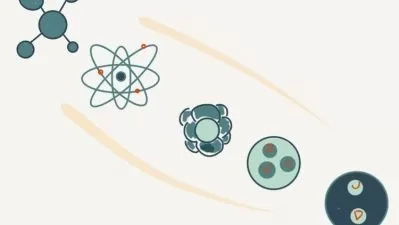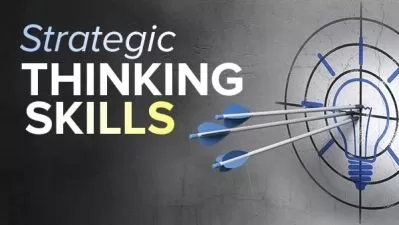Systems Thinking for Product Designers
Walter Zesk
2:10:55
Description
While the internet and wireless communication technologies have been connecting people in new ways, it has also been linking together our products. The development of complex products requires bigger teams and greater specialization, and coordinating that effort is its own systemic challenge. As the complexity and interconnectedness of products rises, so does the need for an approach that guarantees that your products deliver the best experiences. In this course, Walter Zesk, professor and cofounder of Conform Lab, shows you how to apply systems thinking to product design. Walter points out several benefits of systematic product design, then steps you through how to analyze product mechanisms as systems. He explains how to identify innovative trends and optimize functionality in your designs., including functional conflict resolution. Plus, Walter goes over distributed products, experiential products, and network products.
More details
User Reviews
Rating
Walter Zesk
Instructor's Courses
Linkedin Learning
View courses Linkedin Learning- language english
- Training sessions 34
- duration 2:10:55
- Release Date 2023/01/22











